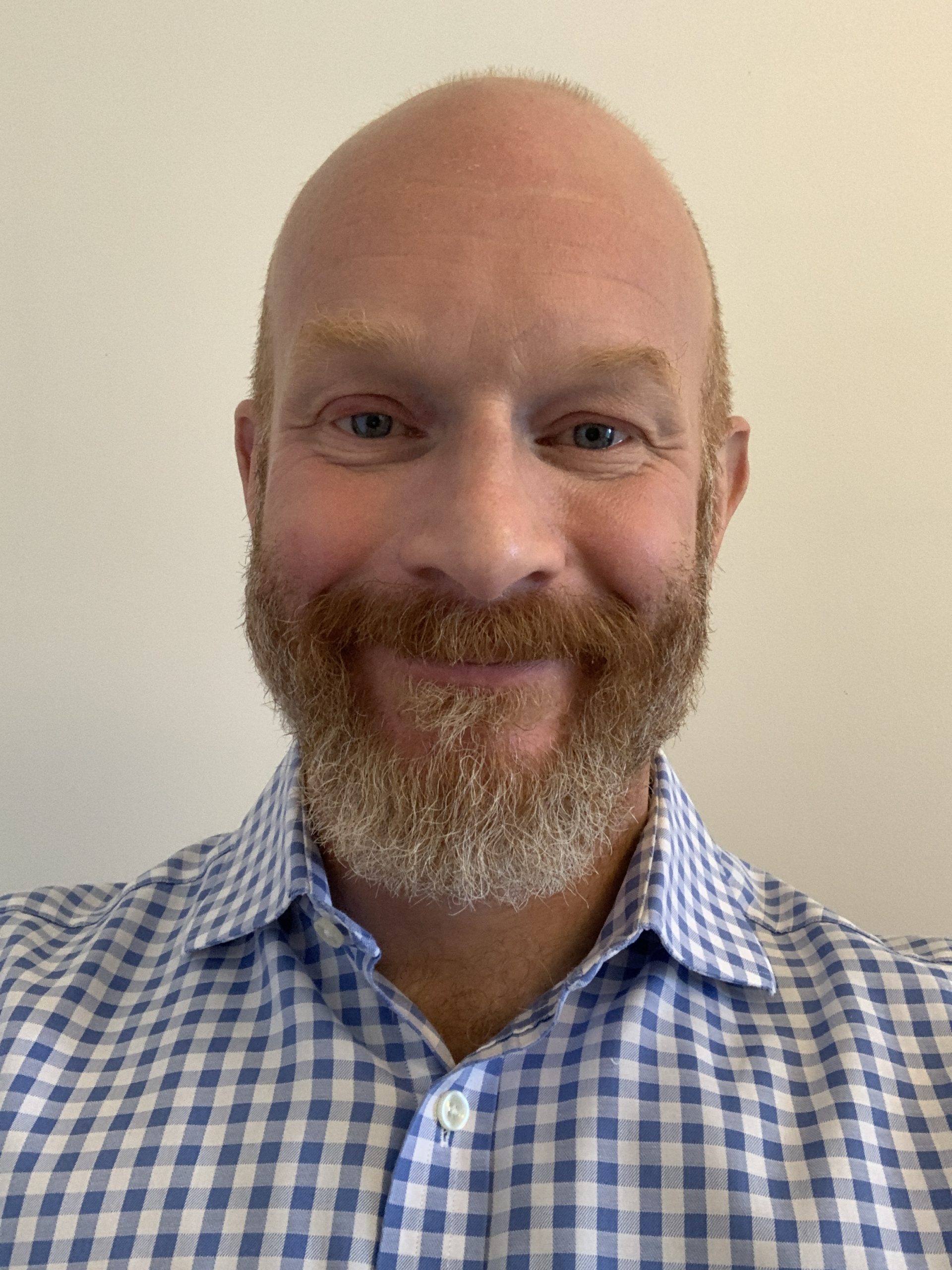Template File: /www/wp-content/themes/stn2017/index.php | Template Hierarchy
WP version: 6.4.4
PHP version 8.2.18

Following a rigorous recruitment process, the Scottish Trauma Network is delighted to announce that Dr Tim Hooper has been appointed as Lead Clinician for the Scottish Trauma Network.
Tim is a consultant in Intensive Care Medicine and Anaesthesia at Raigmore Hospital, NHS Highland. He has gained extensive trauma management experience in both civilian and military settings, including a fellowship at the Shock Trauma Centre in Baltimore and multiple overseas operational tours.
In 2000, Tim qualified from Guy’s and St Thomas’s and took up a post as an honorary military consultant in the major trauma centre in Bristol in 2012. He retired from the Army in 2018 and went on to a role as an NHS consultant.
Prior to relocating to the Highlands in 2021 he was the quality governance lead for the Severn Major Trauma Network and the hospital transfusion service, being instrumental in implementing prehospital blood transfusions on the local air ambulance. Tim has also worked with London and Great Western Air Ambulances and in adult critical care retrieval, giving him first-hand experience of the trauma patient pathway.
Most recently, Tim had been clinical lead for the North Regional Network for the past year and brings a wealth of experience as the STN moves into its next phase.
As Tim takes post, the STN would like to thank Dr Martin McKechnie for his hard work and dedication since the inception of the network.
He has provided leadership and advocacy for the network, ensuring that stakeholders remain engaged and committed to the fantastic work done to deliver the best possible care to patients who have suffered a traumatic injury.
Martin has led the network with passion, vigour and above all good humour- the STN wishes him all the best for the future.